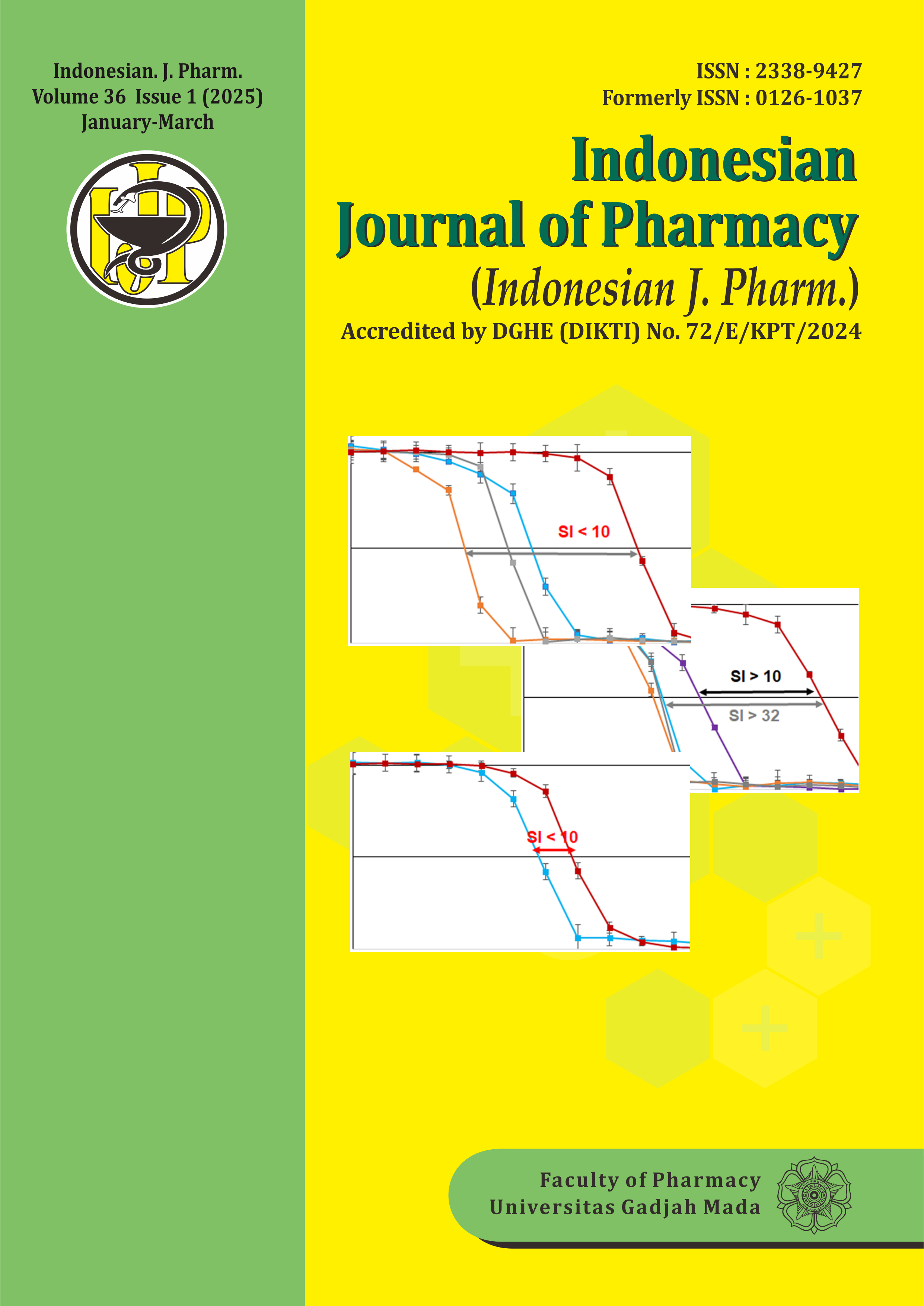Decision-Making System for Extended Bacteremia Treatment in Patients with Hematologic Malignancy
Abstract
Patients with hematologic malignancy (HM) experiencing bloodstream infections by Acinetobacter baumannii (AB) encounter considerable mortality risks, despite 14 days of standard antibiotic therapy. This research addresses a critical clinical challenge by developing a decision-making system to identify patients with hematologic malignancy and Acinetobacter baumannii bloodstream infections who would benefit from extended antibiotic therapy. Retrospective cohort research was conducted on patients with hematologic malignancies (HM) who developed bloodstream infections and were treated with a 14-day course of antibiotics within the specified period from January 2019 to April 2024. The odds ratio (OR) and risk ratio (RR) were calculated to examine the relationships among clinical and demographic data. A multivariable logistic regression model has been applied and adjusted to account for various predictors. The predictive model and the “Ex-CSEPA” decision-making system were developed using logistic regression. The performance metrics, including sensitivity, specificity, positive predictive value, negative predictive value, and area under the receiver operating characteristic curve (AUC-ROC), were evaluated. The developed model demonstrated exceptional performance, achieving an accuracy of 98.7%. It exhibited a sensitivity of 99.07% and a specificity of 98.33% in predicting mortality, setting a cut-off point of 0.5 or higher as indicative of high risk for mortality after 14-day treatment. The system's ability to identify patients who would benefit from antibiotic (ATB) treatment beyond the standard 14-day period was particularly significant. The application of this predictive model in clinical practice has pushed up the potential to enhance decisions for extended-ATB duration and decrease 30-day mortality for patients with HM who are morbid with AB bloodstream infections.
References
Chiang, H.-Y., Chen, T.-C., Lin, C.-C., Ho, L.-C., Kuo, C.-C., & Chi, C.-Y. (2021). Trend and Predictors of Short-term Mortality of Adult Bacteremia at Emergency Departments: A 14-Year Cohort Study of 14 625 Patients. Open Forum Infectious Diseases, 8(11). https://doi.org/10.1093/ofid/ofab485
Culakova, E., Poniewierski, M. S., Wolff, D. A., Dale, D. C., Crawford, J., & Lyman, G. H. (2015). The impact of chemotherapy dose intensity and supportive care on the risk of febrile neutropenia in patients with early stage breast cancer: a prospective cohort study. Springerplus, 4, 396. https://doi.org/10.1186/s40064-015-1165-6
Garcia-Vidal, C., Cardozo-Espinola, C., Puerta-Alcalde, P., Marco, F., Tellez, A., Agüero, D., Romero-Santana, F., Díaz-Beyá, M., Giné, E., Morata, L., Rodríguez-Núñez, O., Martinez, J. A., Mensa, J., Esteve, J., & Soriano, A. (2018). Risk factors for mortality in patients with acute leukemia and bloodstream infections in the era of multiresistance. PLOS ONE, 13(6), e0199531. https://doi.org/10.1371/journal.pone.0199531
Herrera, F., Torres, D., Carena, A., Nicola, F., Rearte, A., Temporiti, E., Jorge, L., Valentini, R., Bues, F., Relloso, S., & Bonvehí, P. (2023). Short Course of Antibiotic Therapy for Gram-Negative Bacilli Bacteremia in Patients with Cancer and Hematopoietic Stem Cell Transplantation: Less Is Possible. Microorganisms, 11(2). https://doi.org/10.3390/microorganisms11020511
Katip, W., Uitrakul, S., & Oberdorfer, P. (2021). Short-Course Versus Long-Course Colistin for Treatment of Carbapenem-Resistant A.baumannii in Cancer Patient. Antibiotics, 10(5), 484. https://www.mdpi.com/2079-6382/10/5/484
Lee, C.-C., Hung, Y.-P., Hsieh, C.-C., Ho, C.-Y., Hsu, C.-Y., Li, C.-T., & Ko, W.-C. (2023). Predictive models for short-term mortality and length of hospital stay among adults with community-onset bacteraemia before and during the COVID-19 pandemic: application of early data dynamics. BMC Infectious Diseases, 23(1), 605. https://doi.org/10.1186/s12879-023-08547-8
Lertpongpiroon, R., Rattarittamrong, E., Rattanathammethee, T., Chai-Adisaksopha, C., Tantiworawit, A., Salee, P., & Norasetthada, L. (2018). Infections in patients with aplastic Anemia in Chiang Mai University. BMC hematology, 18, 35-35. https://doi.org/10.1186/s12878-018-0129-9
Lopes, J. A., & Jorge, S. (2013). The RIFLE and AKIN classifications for acute kidney injury: a critical and comprehensive review. Clin Kidney J, 6(1), 8-14. https://doi.org/10.1093/ckj/sfs160
National Comprehensive Cancer Network (2023). NCCN Guideline version 2.2023: Prevention and Treatment of Cancer-related Infection. Retrieved from https://www.nccn.org/professionals/physician_gls/pdf/infections.pdf
Nørgaard, M., Larsson, H., Pedersen, G., Schønheyder, H. C., & Sørensen, H. T. (2006). Risk of bacteraemia and mortality in patients with haematological malignancies. Clin Microbiol Infect, 12(3), 217-223. https://doi.org/10.1111/j.1469-0691.2005.01298.x
Romanee Chaiwarith, S. M., Manasnan Boonchoo, Khuanchai Supparatpinyo, Thira Sirisanthana. (2005). Pandrug-Resistant Acinetobacter baumannii at Maha- raj Nakorn Chiang Mai Hospital. Journal of Infectious Disease and Antimicrobial Agents, 22(2). https://www.idthai.org/2015/journal/_file_abstract/file_abstract142949df56ea8ae0be8b5306971900a4.pdf
Turkoglu, M., Mirza, E., Tunçcan Ö, G., Erdem, G. U., Dizbay, M., Yağcı, M., Aygencel, G., & Türköz Sucak, G. (2011). Acinetobacter baumannii infection in patients with hematologic malignancies in intensive care unit: risk factors and impact on mortality. J Crit Care, 26(5), 460-467. https://doi.org/10.1016/j.jcrc.2011.04.007








